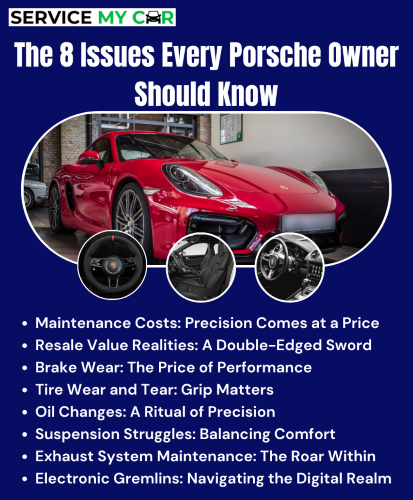
Owning a Porsche is a dream for many automotive enthusiasts. The sleek design, powerful performance, and the unmistakable growl of the engine make it a symbol of luxury and precision on the road. However, like any high-performance vehicle, Porsches come with their own set of unique challenges. Here are eight issues every Porsche owner should be aware of to ensure a smooth and enjoyable driving experience.
Maintenance Costs: Precision Comes at a Price
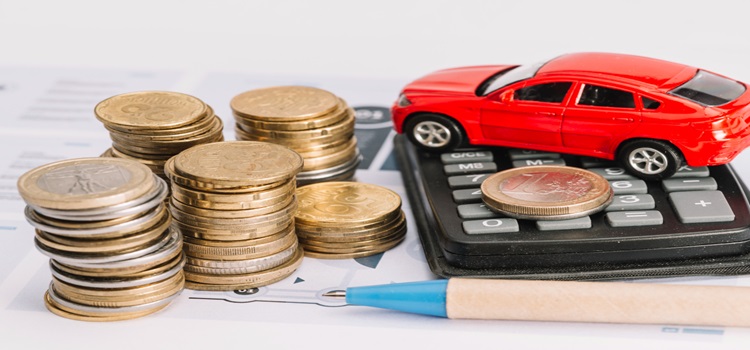
Porsches are precision machines that require meticulous care and maintenance. While the initial investment may be substantial, the real cost of ownership lies in the maintenance. Regular servicing, high-quality parts, and specialized technicians contribute to a higher maintenance cost compared to standard vehicles. Owners should budget accordingly and be prepared for the expenses that come with maintaining a high-performance car.
Tire Wear and Tear: Grip Matters

The powerful engines and precise handling of Porsches demand tires that can handle the stress. High-performance tires wear out faster than regular ones, and replacing them can be a significant expense. Regularly checking tire pressure, rotating tires, and investing in quality rubber are crucial to ensure optimal performance and safety.
Electronic Gremlins: Navigating the Digital Realm

As Porsches become more technologically advanced, they come equipped with a plethora of electronic systems. While these systems enhance performance and driving experience, they also introduce the risk of electronic malfunctions. From sensors to infotainment systems, staying on top of software updates and addressing issues promptly is essential for a seamless driving experience.
Oil Changes: A Ritual of Precision
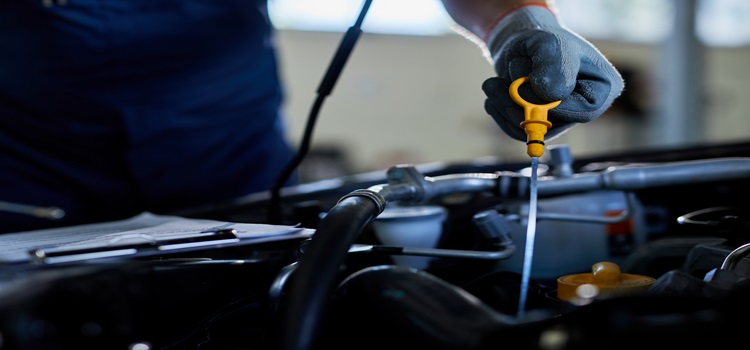
Porsche engines are finely tuned instruments that require specific types of oil and regular changes. Neglecting oil changes can lead to engine damage and compromise performance. Owners should adhere to the manufacturer's recommendations for oil change intervals and use high-quality, approved oils to keep the engine running smoothly.
Brake Wear: The Price of Performance
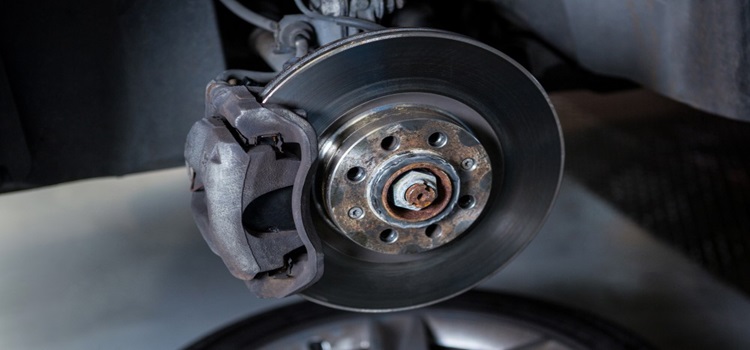
Porsches are known for their exceptional braking capabilities, thanks to high-performance brake systems. However, this also means that brake components wear out faster than those in standard vehicles. Regularly inspecting and replacing brake pads and rotors is crucial for maintaining optimal stopping power and ensuring safety on the road.
Suspension Struggles: Balancing Comfort and Performance
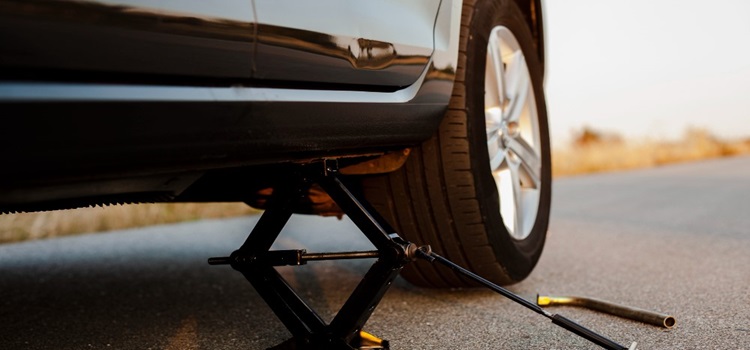
Porsche's commitment to performance means that their vehicles often have a sporty, firm suspension. While this contributes to excellent handling, it can also lead to a stiffer ride, especially on rough roads. Striking a balance between performance and comfort is essential, and owners may consider aftermarket suspension upgrades or adjustments to tailor the driving experience to their preferences.
Exhaust System Maintenance: The Roar Within
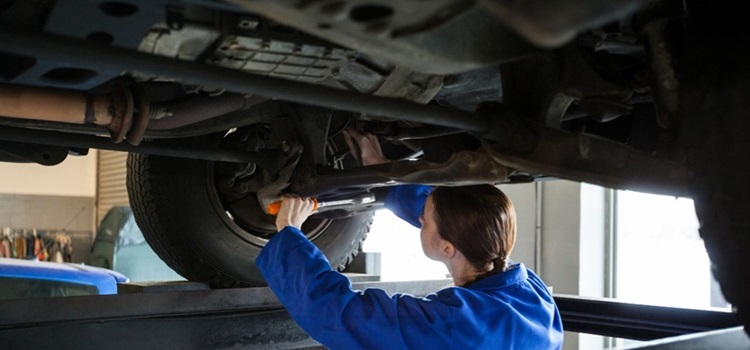
The distinctive roar of a Porsche engine is music to the ears of enthusiasts, but it comes with its own set of challenges. The exhaust system, responsible for that signature sound, requires regular maintenance to ensure optimal performance. From checking for leaks to addressing any unusual sounds, keeping the exhaust system in top condition is vital for both performance and the unmistakable Porsche soundtrack.
Resale Value Realities: A Double-Edged Sword
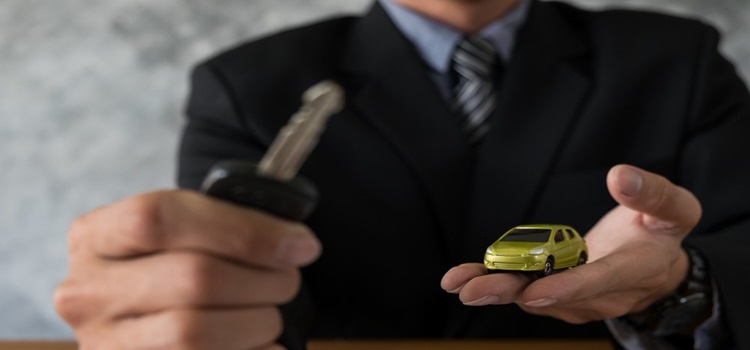
While Porsches hold their value better than many other luxury cars, their resale value can still be affected by various factors. High maintenance costs, model updates, and market demand all play a role. Owners should be aware that the resale value might not be as predictable as with some other vehicles, and strategic planning is necessary for those who plan to sell or trade in their Porsche in the future.
How Service My Car Assist You?
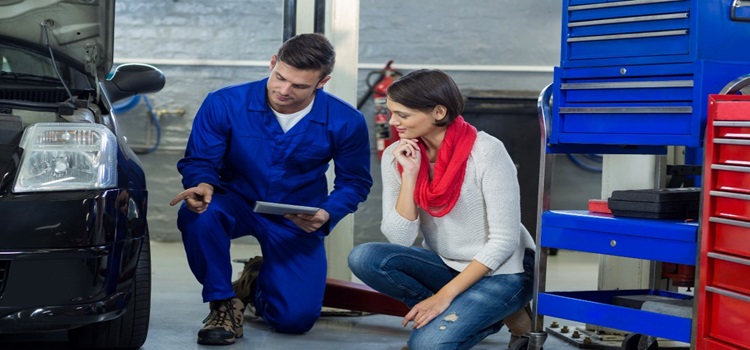
Have you reached a point where you’re questioning, “Where can I find the top car workshop for my jaguar car?” Look no further, Service My Car offers comprehensive assistance, including specialized services like jaguar key battery replacement in dubai. Our skilled technicians ensure your car's key functions seamlessly, providing prompt and efficient replacements when needed. We prioritize convenience, offering a hassle-free experience that caters to your car's specific requirements. Trust us to keep your luxury vehicle in optimal condition, addressing every detail with precision and expertise. Service My Car is your dedicated partner for maintaining the peak performance of your jaguar, including essential services like oil change, key battery replacement, in the vibrant city of Dubai.
Conclusion
In conclusion, owning a Porsche is a thrilling experience that comes with its own set of responsibilities. From meticulous maintenance to navigating electronic systems, Porsche owners must be proactive in addressing potential issues to ensure their beloved vehicles continue to deliver the high-performance driving experience they are known for. With proper care and attention, the journey in a Porsche can be as exhilarating and enjoyable as the first drive off the lot.

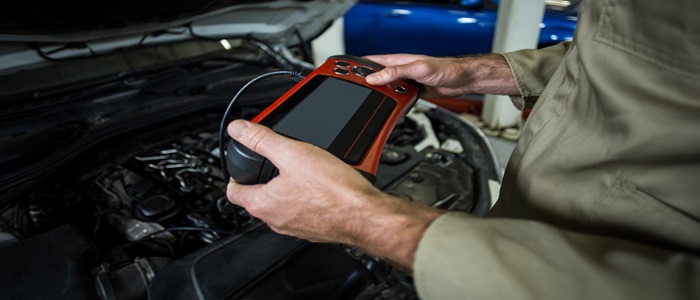
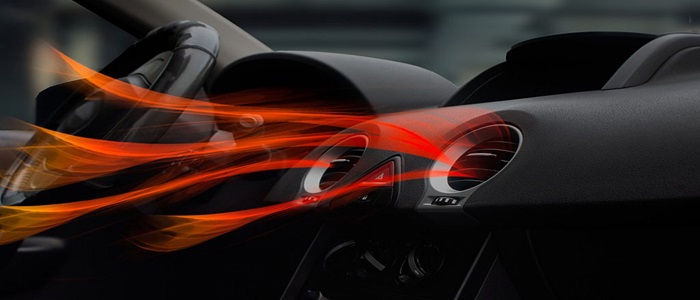
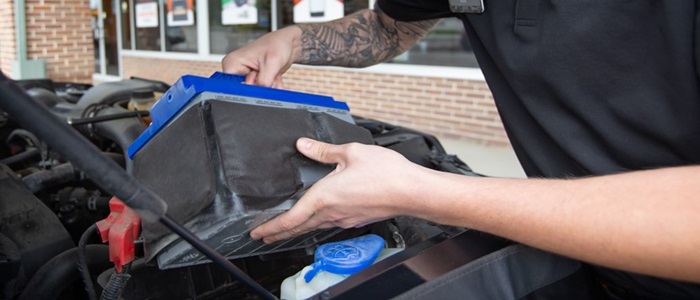
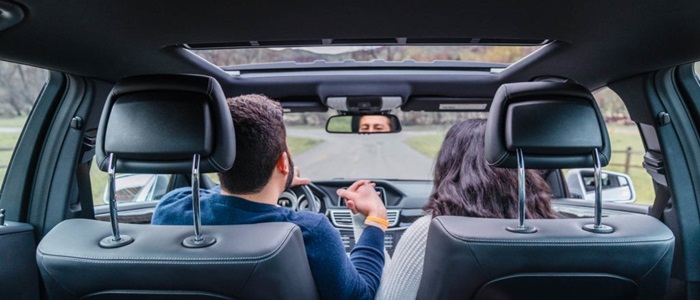

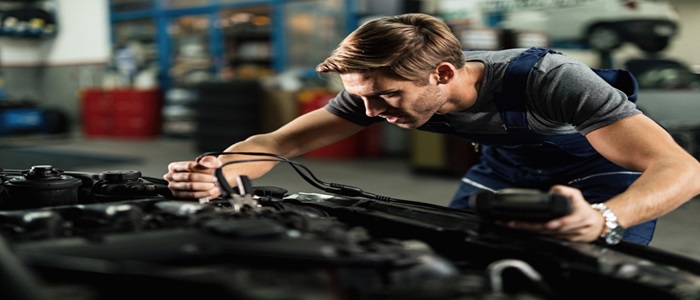

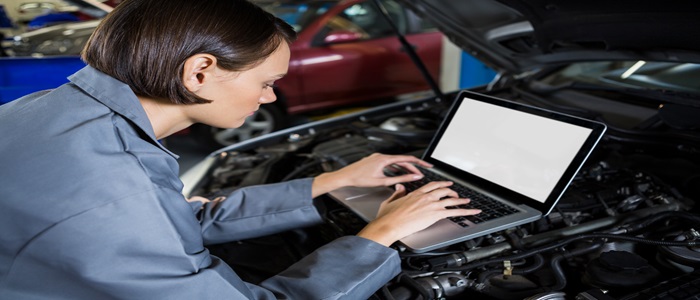
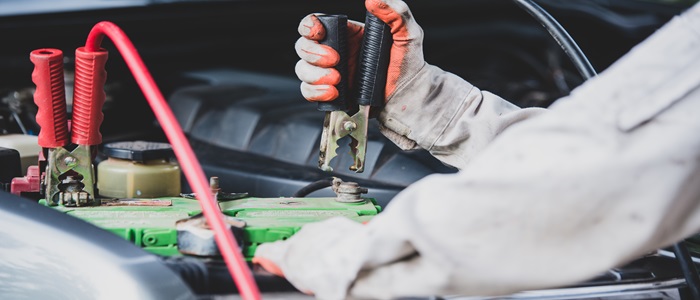
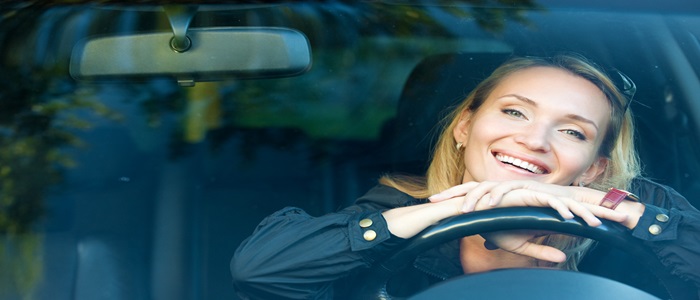
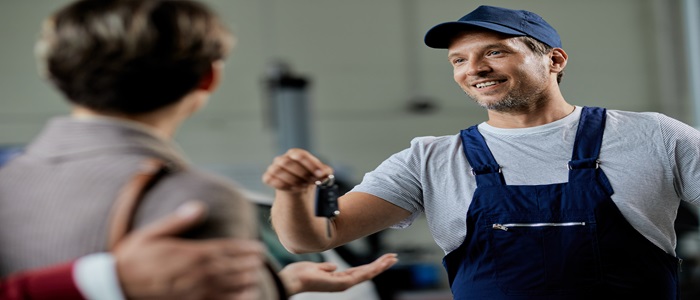













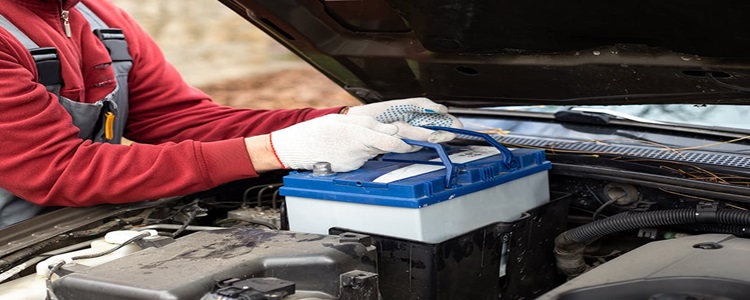


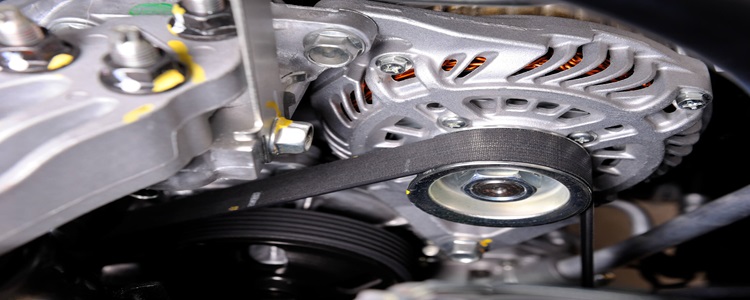
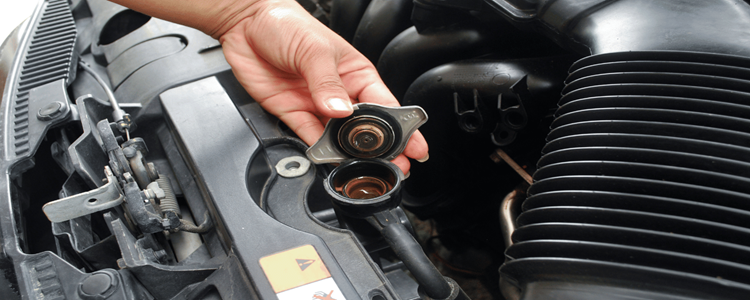

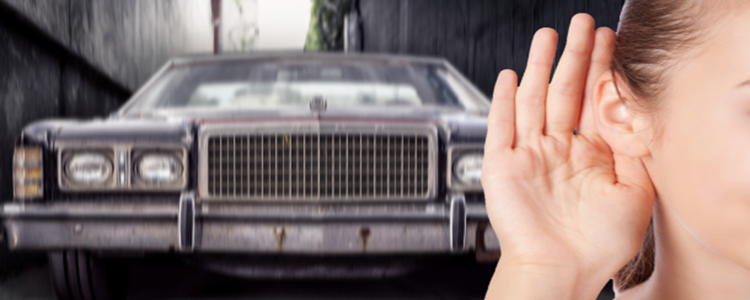

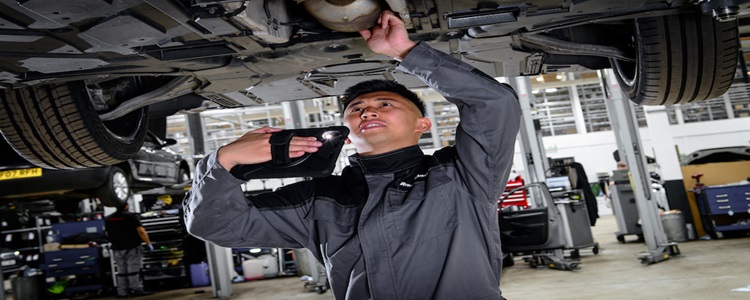



















































































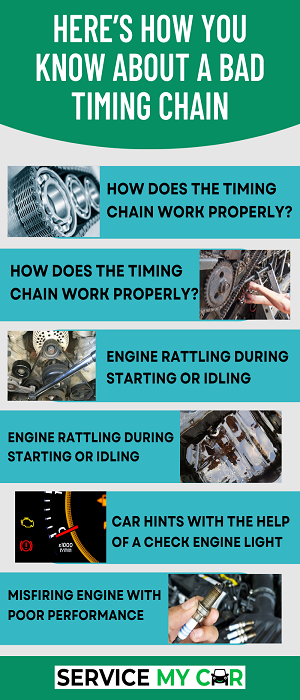
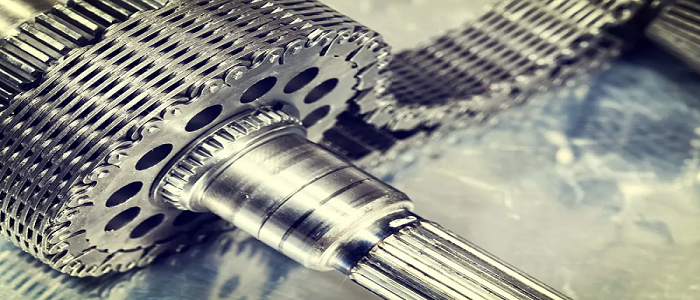
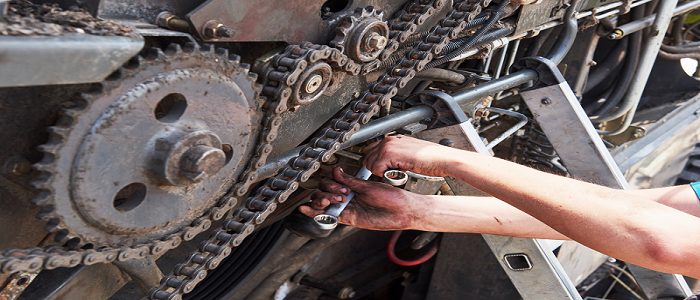
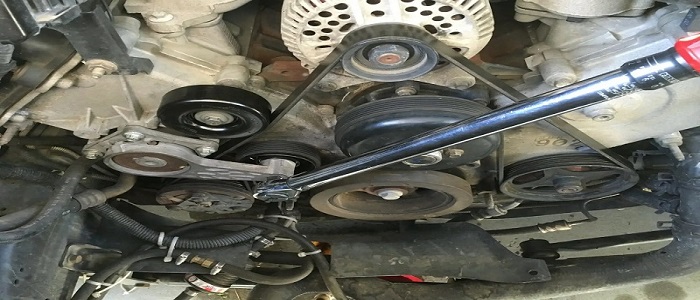

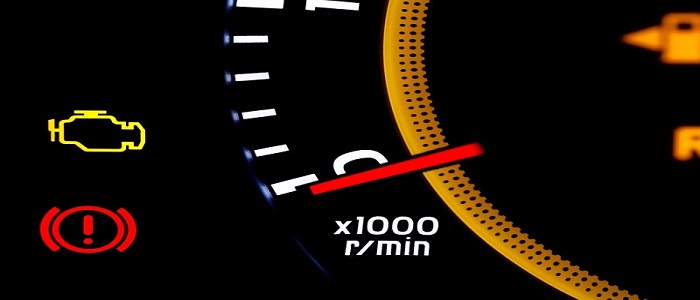
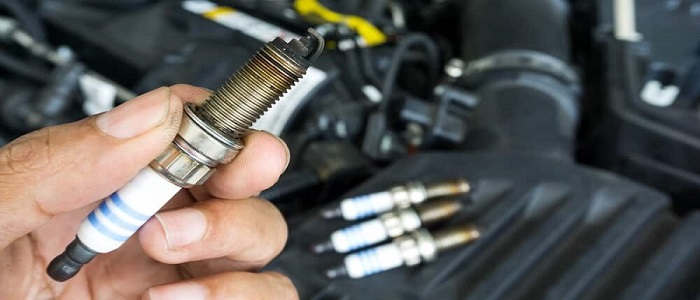




















Kia has established itself as a reputable automotive manufacturer, offering a wide range of reliable vehicles. However, like any brand, Kia cars are not immune to issues. In this comprehensive guide, we will explore the most common problems reported by Kia owners and provide insights into Kia service and repair. Whether you’re a current Kia owner or considering purchasing one, this article will help you navigate potential issues and ensure a positive ownership experience.
1. Steering Problems
Steering problems are among the most common issues reported by Kia owners. Models such as the Optima, Soul, and Sorento have been affected by steering-related complaints. Some drivers have experienced steering pulling to the side, even on straight roads. These problems can pose a safety risk and require attention.
Symptoms of steering issues in Kia vehicles may include a steering wheel that does not turn when the car is parked or a loose steering wheel. These problems can be caused by various factors such as worn-out tie rods or malfunctioning hydraulic steering boxes.
2. Transmission Issues
Kia models like the Borrego, Forte, Optima, and Spectra have been associated with transmission problems. Drivers have reported jerking when shifting, difficulty in shifting, and slipping gears. These issues can be caused by malfunctioning sensors, damaged gears, or faulty solenoids.
If you experience any of these symptoms, it is important to have your vehicle inspected by a certified technician for diagnosis and repair. Ignoring transmission problems can lead to further damage and costly repairs.
3. Door Lock Malfunction
Door lock problems have been reported in Kia models such as the Optima and Rio. Owners have expressed concerns about doors failing to unlock from the inside or outside. A malfunctioning door lock can be frustrating and potentially dangerous, especially in emergency situations.
Unusual noises from inside the door and power door locks that do not function properly are common signs of a failing door lock actuator. It is recommended to have the actuator checked and repaired if necessary to ensure the safety and security of your vehicle.
4. Airbag Failure
The proper functioning of airbags is crucial for occupant safety in the event of a collision. Some Kia models, including the Forte, Sedona, and Soul, have been associated with airbag failure. This can result in the airbags not deploying during a crash or the airbag light turning on while the airbag fails to deploy.
If you own one of these models, it is important to be aware of any recalls or safety issues related to the airbag system. Regular maintenance and prompt repair of airbag-related problems are essential for your safety on the road.
5. Engine Failure
Engine failure is a serious issue that has been reported in Kia models such as the Forte, K900, Sedona, Sportage, and Soul. Engine problems can arise while driving, leading to loss of power and potential safety hazards. Common symptoms of engine failure include check engine lights, stalling, and loud noises.
If you experience any of these symptoms, it is crucial to have your vehicle inspected by a qualified mechanic. Regular maintenance, including oil changes and timely repairs, can help prevent engine failure and prolong the lifespan of your Kia.
6. Rust and Paint Peeling
Rust and paint peeling are aesthetic issues that can affect the structural integrity and resale value of your Kia. Models like the Cadenza, Rio, Sportage, Sorento, and Spectra have been associated with rust and paint problems. These issues can be caused by factors such as bad paintwork or prolonged exposure to sunlight.
To prevent rust and paint peeling, it is important to take proactive measures such as regular cleaning, avoiding prolonged sun exposure, and addressing any signs of rust early on. Proper maintenance and care can help preserve the appearance and value of your Kia.
7. Poor Lighting
Problems with lighting have been reported in Kia models like the Forte, Optima, Sorento, and Telluride. Issues include flashing headlights, dim headlights, and taillights. Proper lighting is crucial for visibility and safety on the road, especially during nighttime driving.
If you notice any lighting problems in your Kia, it is recommended to have the electrical system and bulbs checked and replaced if necessary. Regular inspections and maintenance can ensure that your Kia’s lighting system is functioning properly.
8. Brake Issues
Brake problems can greatly affect the safety and performance of your Kia. Models such as the Forte, Sorento, Optima, and Sportage have been associated with brake-related complaints. Symptoms of brake issues include screeching noises, a hard brake pedal, and brakes that don’t work properly.
If you experience any of these symptoms, it is crucial to have your brake system inspected and repaired by a qualified technician. Regular maintenance and prompt attention to brake problems can prevent accidents and ensure the reliability of your Kia’s braking system.
9. Defective TRW Crash Sensors
Crash sensors play a crucial role in the proper functioning of airbags and seat belt pretensioners during a collision. Some Kia models, such as the Optima and Sedona, have been associated with defective TRW crash sensors. These sensors can fail to activate the necessary safety measures in the event of an accident.
Proper functioning crash sensors are essential for occupant safety, and any issues should be addressed promptly. If you own one of these models, it is important to stay informed about any recalls or safety concerns related to the crash sensor system.
10. Recent Kia News
In recent news, Kia has issued recalls for various models due to potential safety concerns. The 2017-2018 Forte is being recalled to fix oil pump plunger clogs that can cause reduced oil pressure and engine damage. Additionally, Kia is recalling Soul and Seltos vehicles in North America due to faulty piston oil rings that can lead to oil consumption and engine power loss issues.
Lawsuits have also been filed against Hyundai and Kia for knowingly equipping vehicles with defective Theta II engines. Furthermore, the National Highway Traffic Safety Administration (NHTSA) is investigating non-collision fires in more than 1,800 Kia vehicles.
It is important to stay updated on the latest news and recalls related to your Kia model to ensure your safety and address any potential issues promptly.
Thanks for giving your valuable time to read this blog, In case you are having another brand car, for example, toyota and you are looking for a toyota repair dubai center then visit Service My Car website in case you need any service or repairs.
Conclusion
While Kia vehicles offer a range of benefits such as affordability, reliability, and stylish interiors, it is important to be aware of potential problems that may arise. Regular maintenance, prompt repairs, and staying informed about recalls and safety concerns are crucial for ensuring a positive ownership experience. By addressing issues promptly and maintaining your Kia properly, you can enjoy a safe and reliable driving experience for years to come.
Remember to consult a certified Kia service center or mechanic for any repairs or maintenance needs specific to your vehicle. With proper care and attention, your Kia can provide many miles of enjoyable driving.